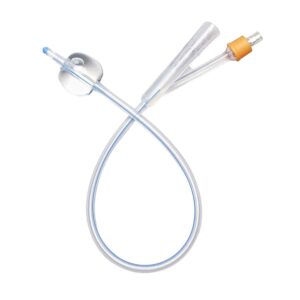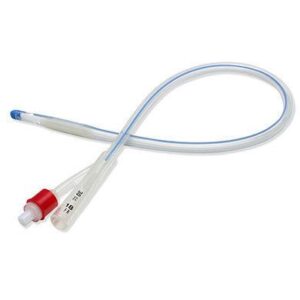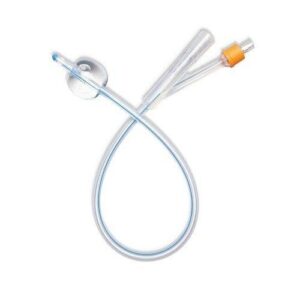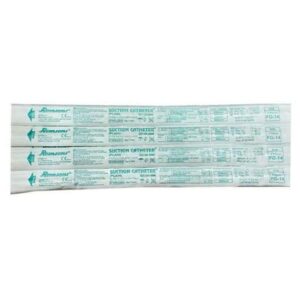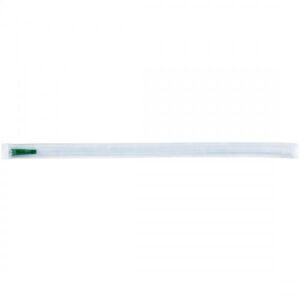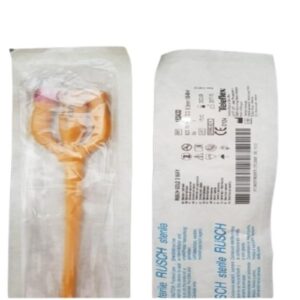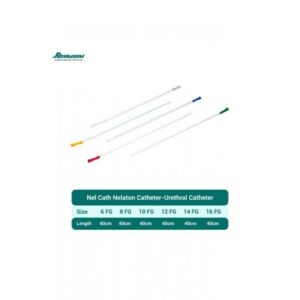CATHETER
CATHETER: I’m sorry, but “CATHETER” is not a specific drug. A catheter is a medical device used to drain fluids or inject fluids into the body. It is not a drug, but rather a hollow tube typically made of rubber, silicone, or plastic.
Catheters are used in various medical procedures, such as urinary catheterization to drain urine, intravenous catheterization to administer medications or fluids, and arterial catheterization to monitor blood pressure or obtain blood samples. They can also be used to deliver medications directly to a specific site in the body, such as an intrathecal catheter for spinal anesthesia.
Since catheters are not drugs, they don’t have a specific mechanism of action or dose. The size and type of catheter used will depend on the specific application and patient’s condition. The healthcare professional responsible for the procedure will determine the appropriate size and type of catheter to use.
Regarding side effects, catheterization can sometimes cause discomfort, pain, or irritation at the insertion site. Infections can also occur if proper sterile techniques are not followed. In some cases, more serious complications like bleeding, blood clots, or injury to blood vessels or organs can occur, although such occurrences are relatively rare.
It’s important to note that when a catheter is used for medication administration, the side effects associated with the medication being delivered may apply. If you are referring to a specific medication or drug, please provide its name, and I’ll be glad to provide more information about it.


